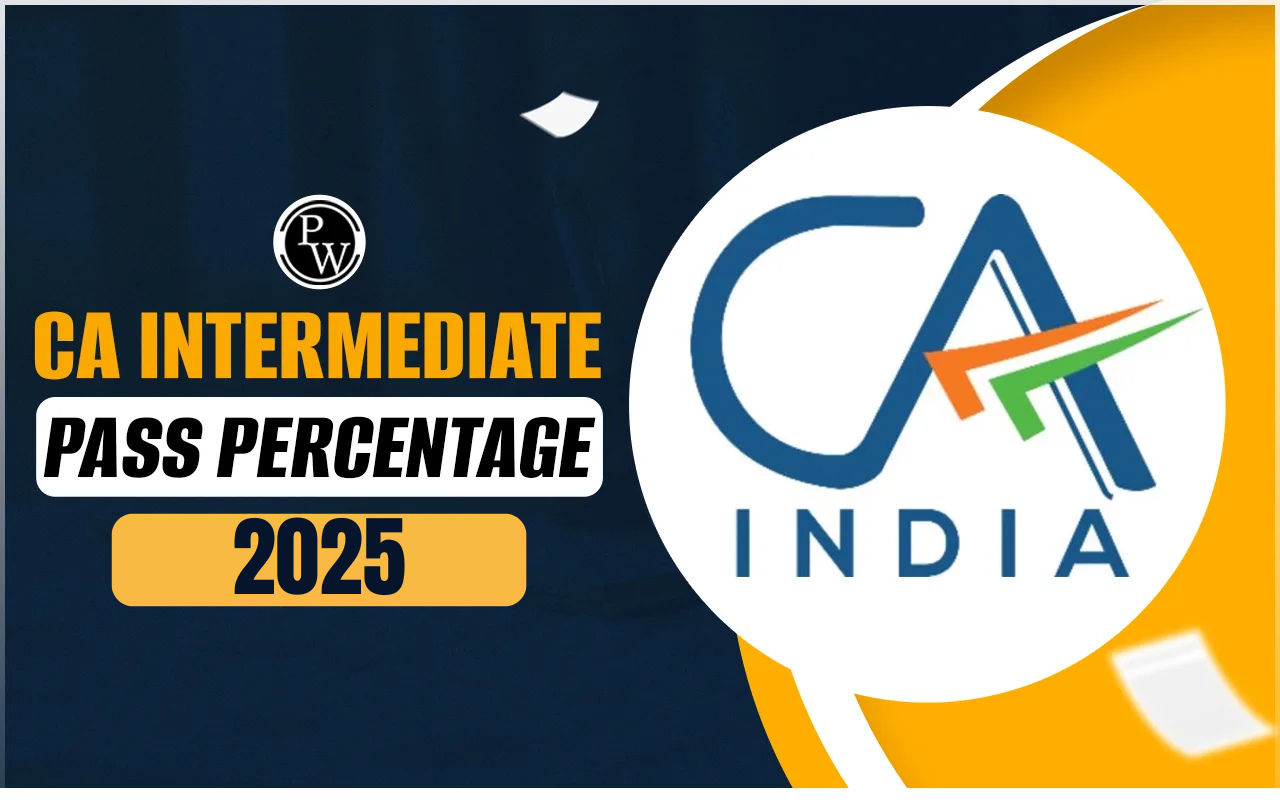
Grasping a company’s cost structure is vital for thriving in today’s competitive market. Marginal costing, also known as Variable Costing, is an essential tool that helps managers make smart decisions about pricing, product mix, and profitability. By distinguishing between variable costs and fixed costs, marginal costing reveals how changes in production levels impact a company's financial performance.
This costing method enables managers to refine their operations and boost profits. Let’s delve into the basics of marginal costing for CA Exams .What is Marginal Costing?
Marginal costing is a cost accounting method that helps businesses figure out the cost of making one more unit of a product or service. Also known as "variable costing," it focuses only on variable costs like direct labour and materials needed for the additional unit. In marginal costing, fixed costs such as rent and salaries are treated as period expenses, meaning they are not assigned to individual units but are recorded in the period they occur. This is different from absorption costing, which spreads fixed costs across all units produced.Marginal costing is valuable for decision-making because it shows the added cost of producing extra units. For instance, if a company is thinking about making and selling more units, this method helps them calculate the extra cost and compare it to the expected sales revenue.
Marginal Cost Calculation Method
Marginal Costing FAQs
What is the purpose of marginal costing?
Marginal costing helps determine the cost of producing one additional unit by focusing on variable costs, aiding in pricing and profitability decisions.
How is marginal costing different from absorption costing?
Marginal costing includes only variable costs, treating fixed costs as period expenses, while absorption costing allocates fixed costs to each unit produced.
How do you calculate marginal cost?
Calculate marginal cost by finding the difference between the total costs of producing 'n' units and 'n+1' units.
What are the benefits of marginal costing?
It simplifies cost analysis, supports decision-making, enhances cost control, and helps in setting flexible prices.
What are the limitations of marginal costing?
It excludes fixed costs, can be misleading with high fixed costs, and is less effective for long-term planning and inventory valuation.
🔥 Trending Blogs
Talk to a counsellorHave doubts? Our support team will be happy to assist you!

Check out these Related Articles
Free Learning Resources
PW Books
Notes (Class 10-12)
PW Study Materials
Notes (Class 6-9)
Ncert Solutions
Govt Exams
Class 6th to 12th Online Courses
Govt Job Exams Courses
UPSC Coaching
Defence Exam Coaching
Gate Exam Coaching
Other Exams
Know about Physics Wallah
Physics Wallah is an Indian edtech platform that provides accessible & comprehensive learning experiences to students from Class 6th to postgraduate level. We also provide extensive NCERT solutions, sample paper, NEET, JEE Mains, BITSAT previous year papers & more such resources to students. Physics Wallah also caters to over 3.5 million registered students and over 78 lakh+ Youtube subscribers with 4.8 rating on its app.
We Stand Out because
We provide students with intensive courses with India’s qualified & experienced faculties & mentors. PW strives to make the learning experience comprehensive and accessible for students of all sections of society. We believe in empowering every single student who couldn't dream of a good career in engineering and medical field earlier.
Our Key Focus Areas
Physics Wallah's main focus is to make the learning experience as economical as possible for all students. With our affordable courses like Lakshya, Udaan and Arjuna and many others, we have been able to provide a platform for lakhs of aspirants. From providing Chemistry, Maths, Physics formula to giving e-books of eminent authors like RD Sharma, RS Aggarwal and Lakhmir Singh, PW focuses on every single student's need for preparation.
What Makes Us Different
Physics Wallah strives to develop a comprehensive pedagogical structure for students, where they get a state-of-the-art learning experience with study material and resources. Apart from catering students preparing for JEE Mains and NEET, PW also provides study material for each state board like Uttar Pradesh, Bihar, and others
Copyright © 2025 Physicswallah Limited All rights reserved.
Get App










